Description
DESCRIPTION
Bioglass R Conventional Glass Ionomer for RESTORATION
Bioglass C Conventional Glass Ionomer for CEMENTATION
For restorations in the permanent dentition and mainly in the deciduous, erosion, caries, and also for the ART technique.
Glass ionomer is a prominent material in modern dentistry, mainly due to its adhesion property and fluoride release, making it an ideal material where cavity sealing and caries prevention are desirable. They are very easy to handle, have excellent aesthetics and mechanical properties. The release of Fluorine provides the material with an anti-cariogenic action. It also absorbs Fluoride from the oral environment, recharging itself continuously. It is the material of choice for treating patients with a high risk of caries. Provides the remineralization of adjacent tissues and recovery of the rigidity of cusps without dentin support. It has chemical adhesion to the dental structure through the connection with Calcium ions, and its adhesion to enamel is greater than to dentin. It has thermal expansion and contraction very similar to dentin, eliminating postoperative sensitivity. Due to its high adhesiveness, it does not require the use of additional retainers. It is biocompatible and hydrophilic. Due to the initial acidity of the cement, in deep cavities the use of calcium hydroxide-based cements is recommended. Fluorine also provides a reduced pH of the material. It is radiopaque and its high adhesiveness to dental structures does not allow marginal infiltrations.



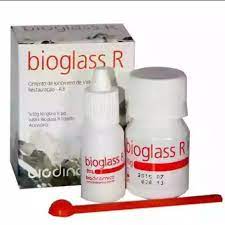
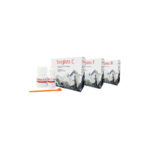
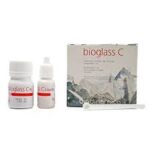
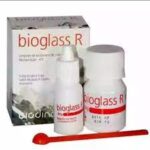


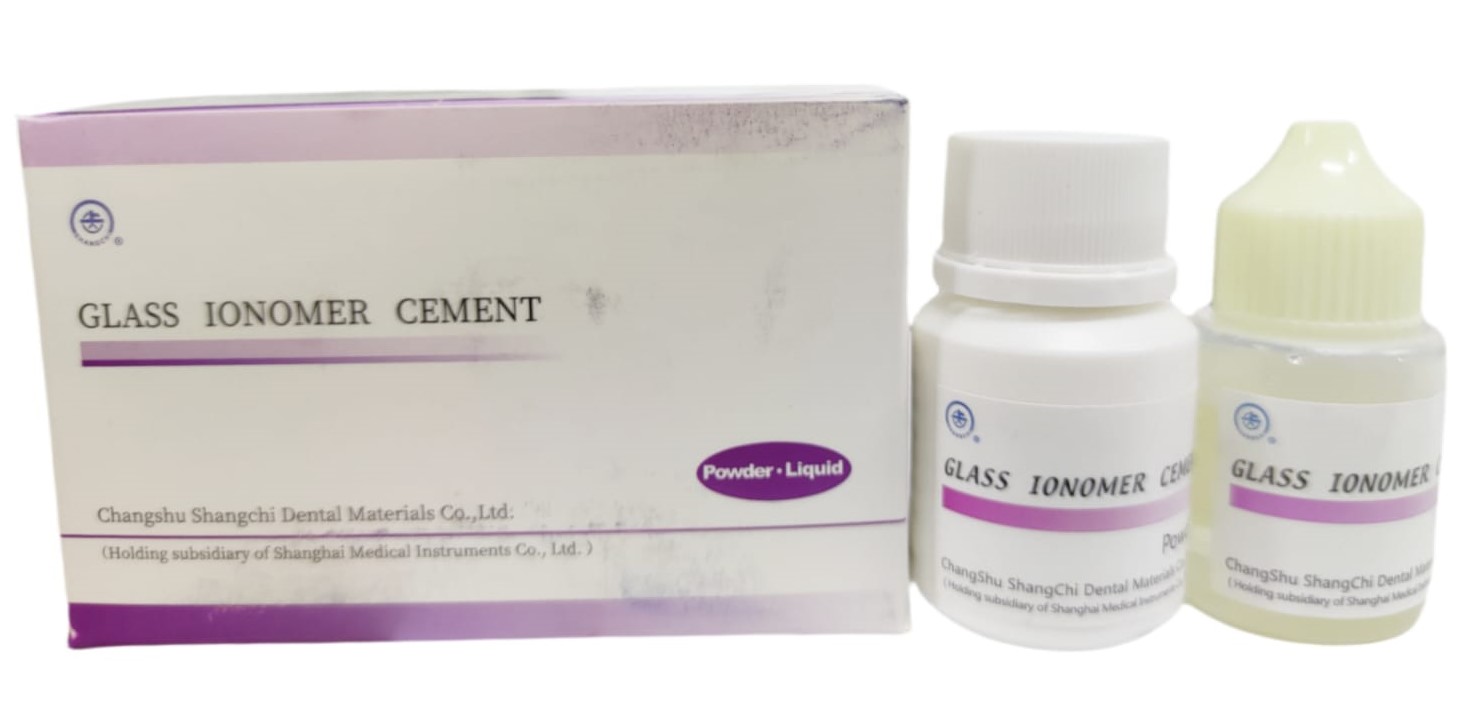

Reviews
There are no reviews yet.